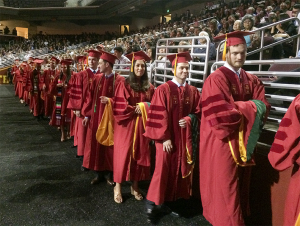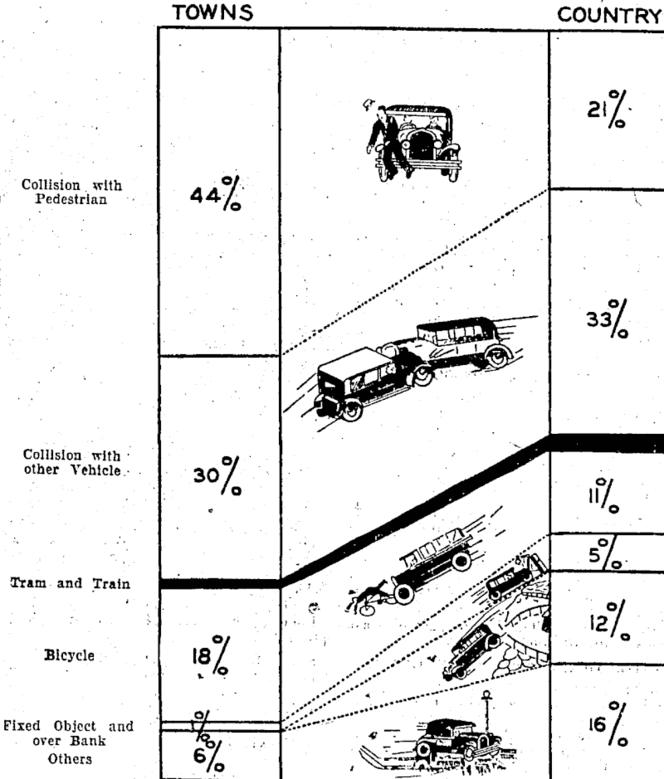Wealth inequality: not so simple
There’s a new edition of the Credit Suisse report on global wealth. It thinks New Zealand is the second richest nation in the world, and that the USA has 10% of the world’s poorest people.
Here’s a picture of some of those world’s poorest people.
These are graduates from the Keck School of Medicine, at the University of Southern California, who owe an average of over US$200,000 in student loans. By the Credit Suisse definition of wealth inequality they have less wealth than people living in poorly-maintained state housing in south Auckland. They have less wealth than immigrant agricultural workers in southern California. They have less wealth than subsistence farmers in Chad.
The computations are correct in a sense, but useless for two reasons. The first is that they don’t count the value of any non-salable assets (like a degree in medicine from USC, or permanent residency in the US). The second is more subtle. Wealth inequality is a concern over and above income inequality mostly because it’s bad for governance: small groups of people get too much power. Assets minus debts isn’t a good indication of this power, because the cost and effectiveness of lobbying, influence, and bribery varies so much from country to country.


Recent comments